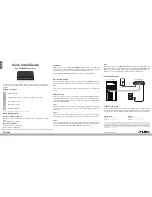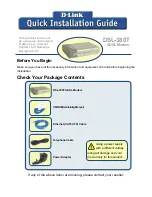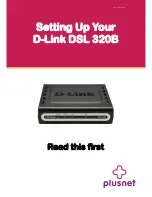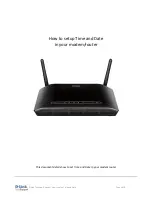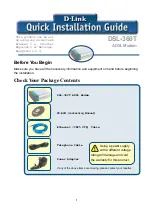
Quantum and Evolution Series Installation and Operating Handbook
7-17
also provides a backward alarm facility. Above 32kbps a
synchronous scrambler is used in place of the error-multiplying
V.35 scrambler normally used on closed networks. This mode
supports drop and insert and maintains timeslot identity. This
mode is provided as part of the base modem.
IBS/SMS
This is an open network mode where 1/15 framing overhead is
added to the data. This mode is compatible with other open
network equipment. IBS/SMS mode is described in Section
8.2.1. This mode requires the IBS SAF feature.
IDR
This mode adds 96kbps of framing overhead to the data. This
mode is compatible with other open network equipment. IDR
mode is described in Section 8.2.2. This mode requires an IDR
option card to be fitted.
OM-73
This mode provides OM-73 scrambling, symbol mapping and
OM-73 Viterbi compatibility and requires the OM-73 SAF
feature.
DVBS2
(Quantum only)
This selects the DVB-S2 service. When selected, a ‘pure’
DVB-S2 service is provided with all SCPC features (such as
Drop and Insert, IBS, ESC channel, etc.) disabled.
Note that there are two ways of enabling DVB-S2 and this
particular option should be used only for IP, which, through the
use of standard IP over DVB encapsulation methods is
interoperable at a basic level with other manufacturer’s DVB-
S2 equipment.
DVB-S2 interoperability with other vendors is not supported
when using other terrestrial interfaces and therefore the DVB-
S2 service should not be used. Instead, the
SmartLink
mode
should be selected from the FEC type menu. If DVB-S2 is
required but no SCPC features are required then as well as
selecting
SmartLink,
the Tx service should be set to
Closed
network
as this does not add any extra framing to that
provided by DVB-S2
.
Once DVB-S2 has been selected, various other DVB-S2
configuration menu options become available, including choice
of modulation and FEC rate, as well as DVB-S2 FEC frame
size choice and DVB-S2 pilots.































